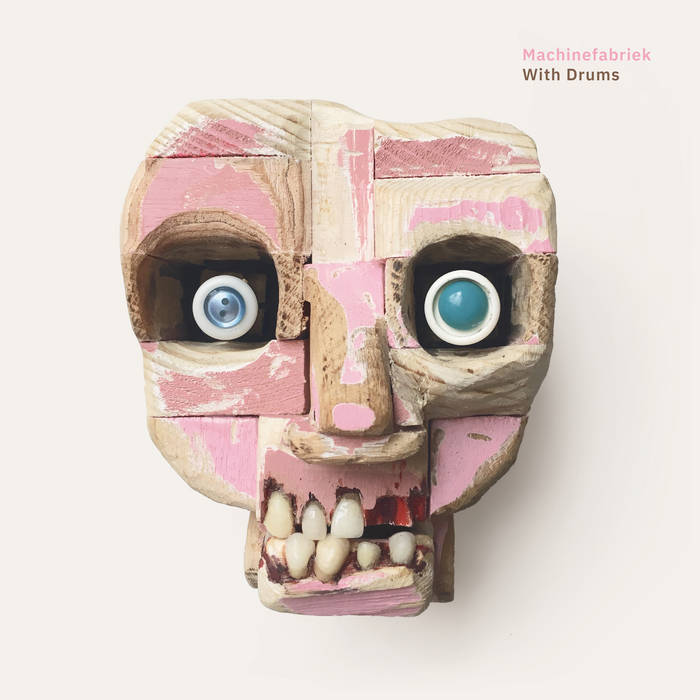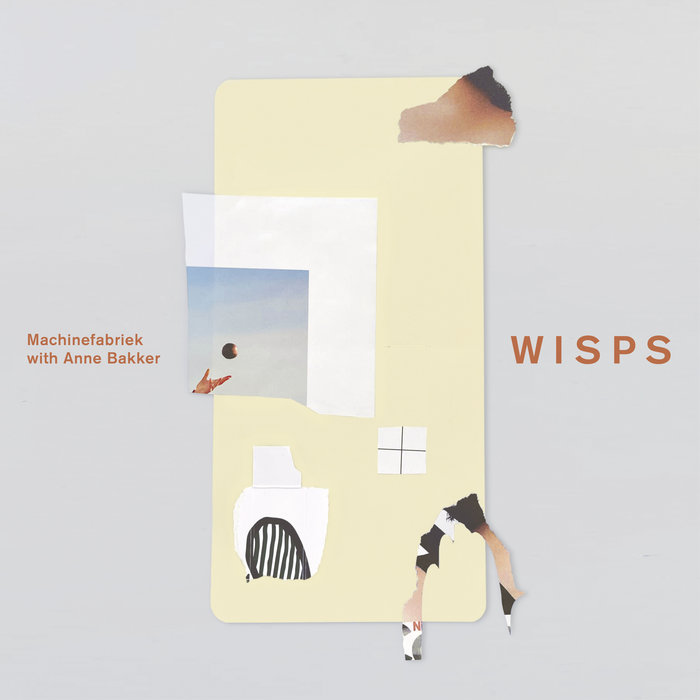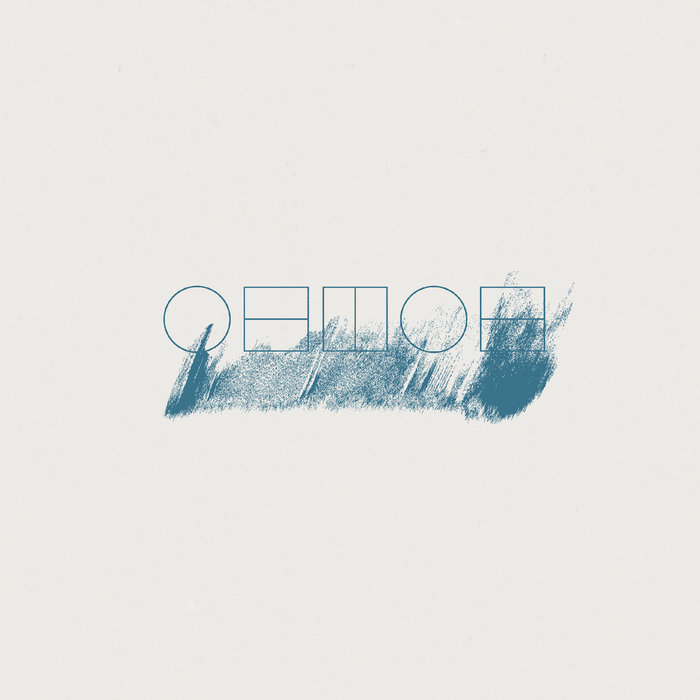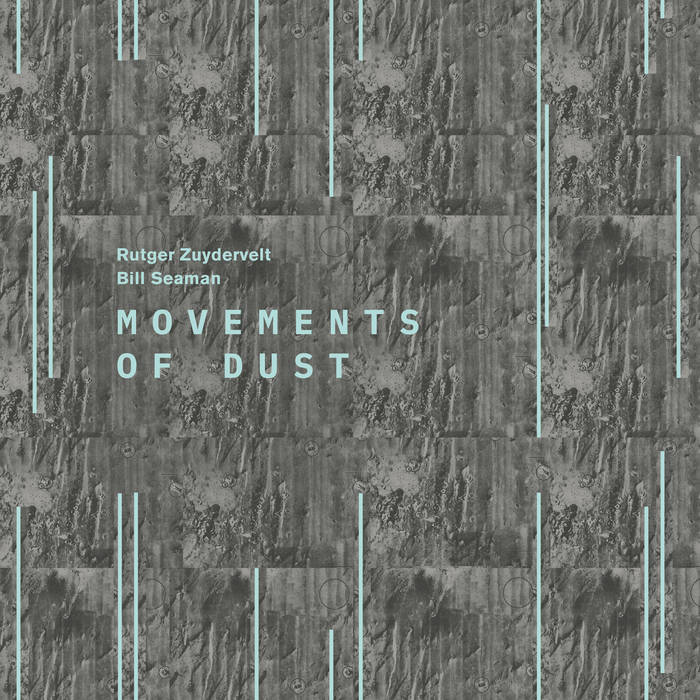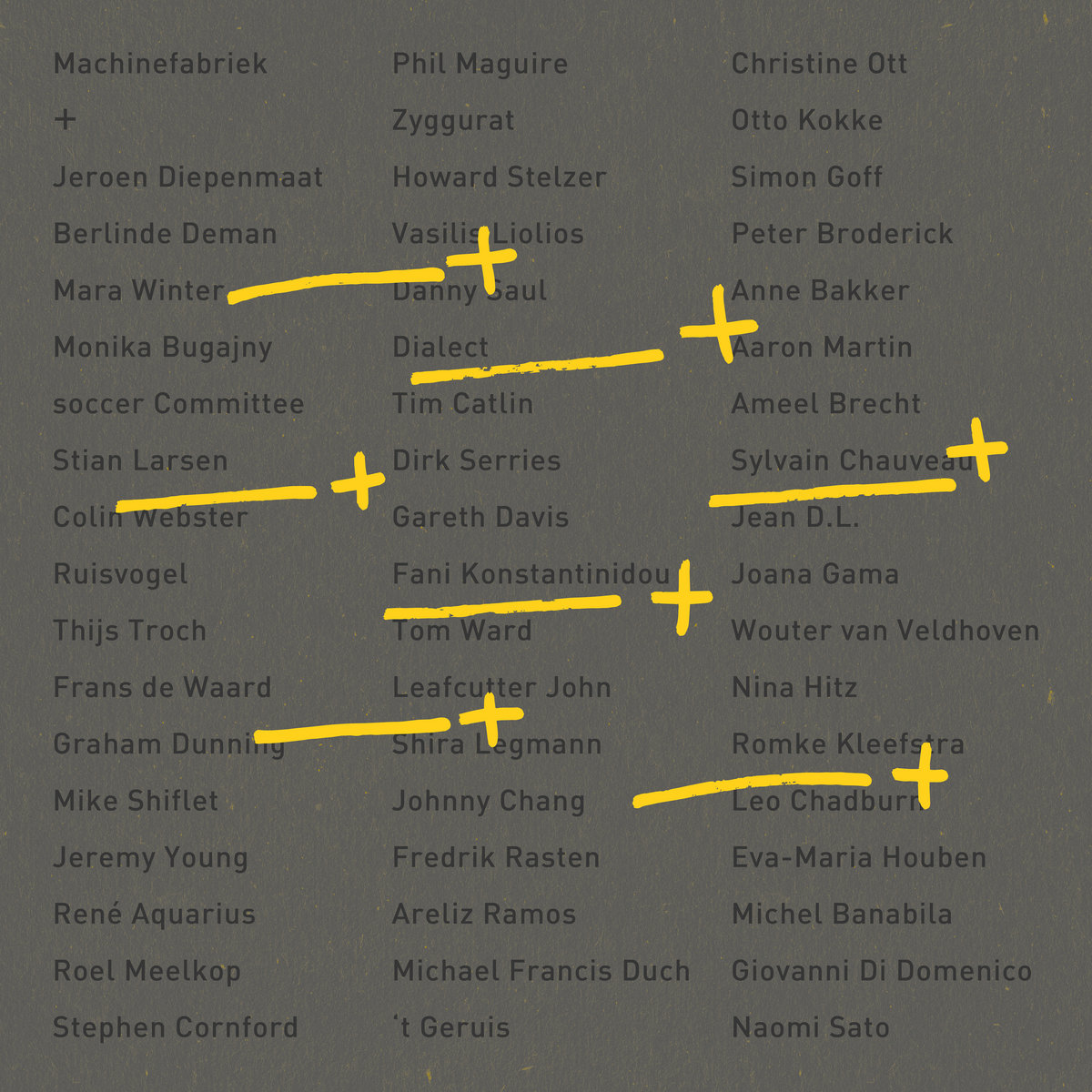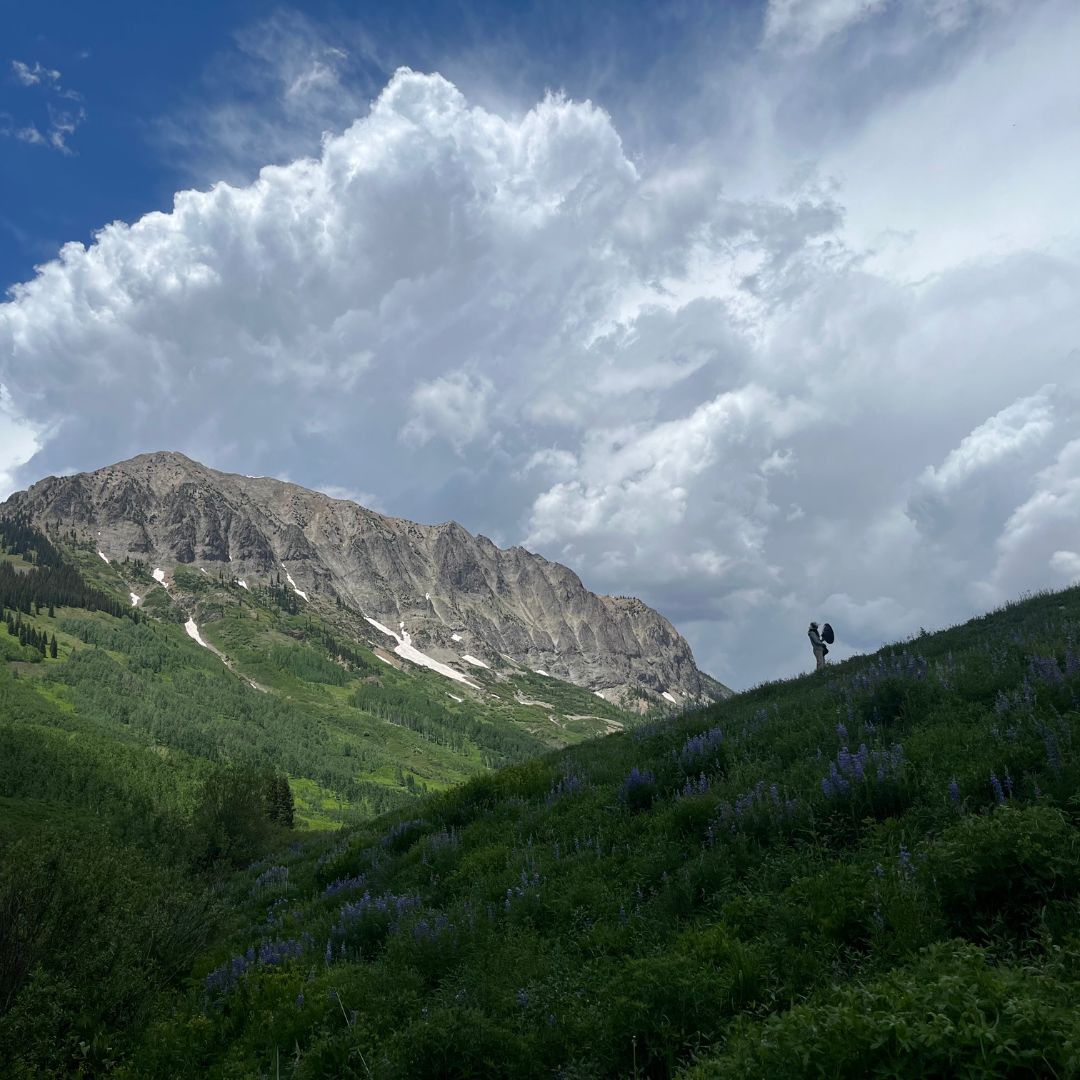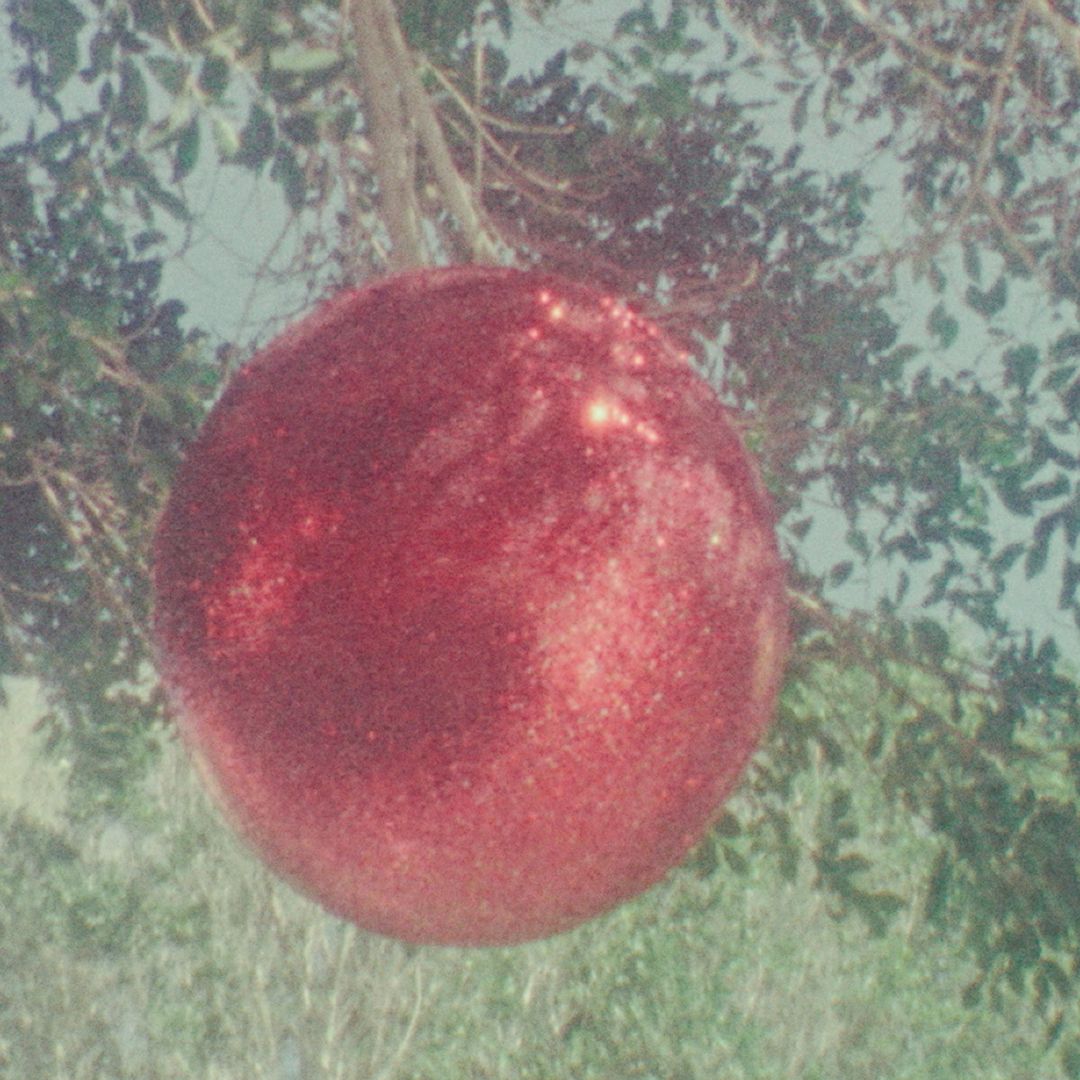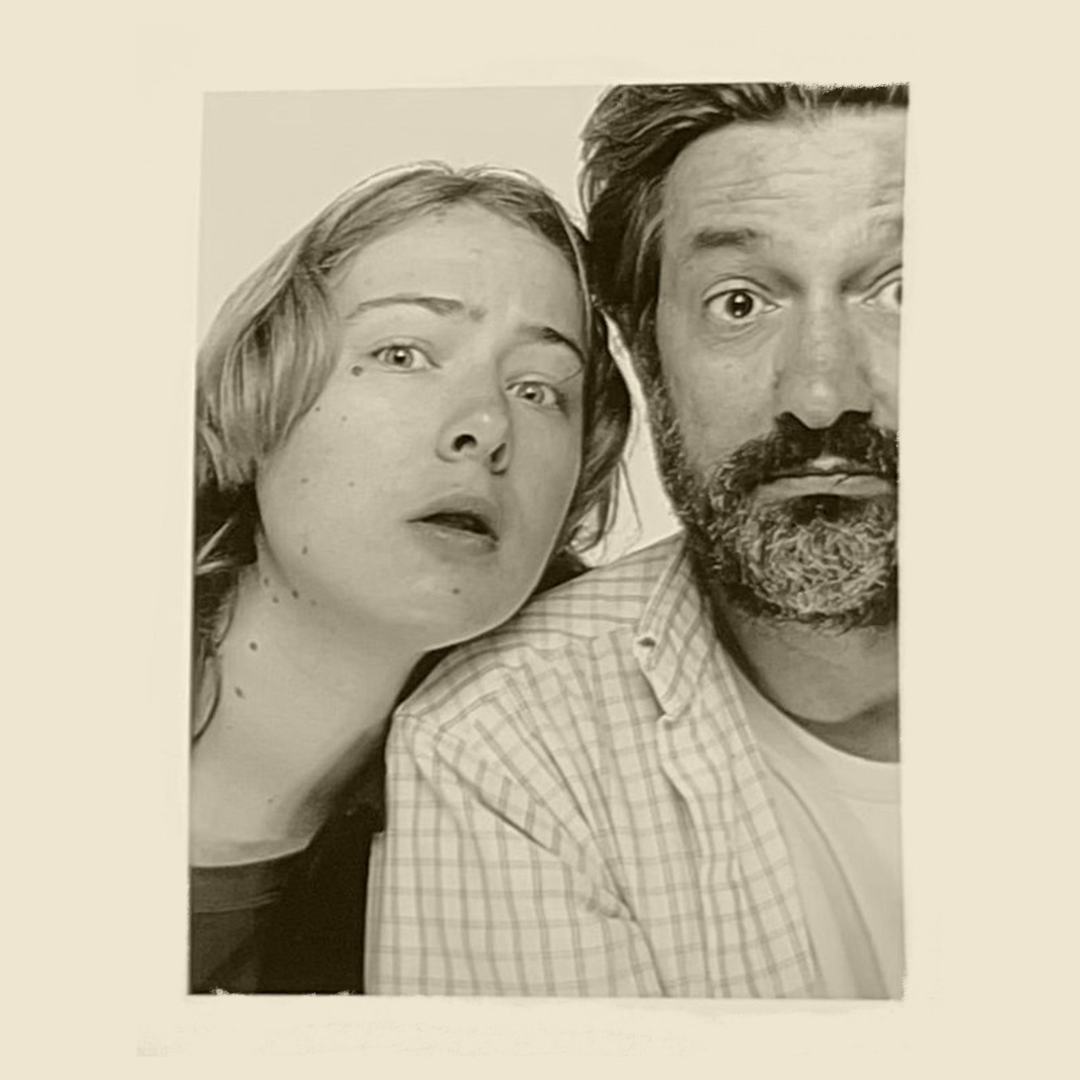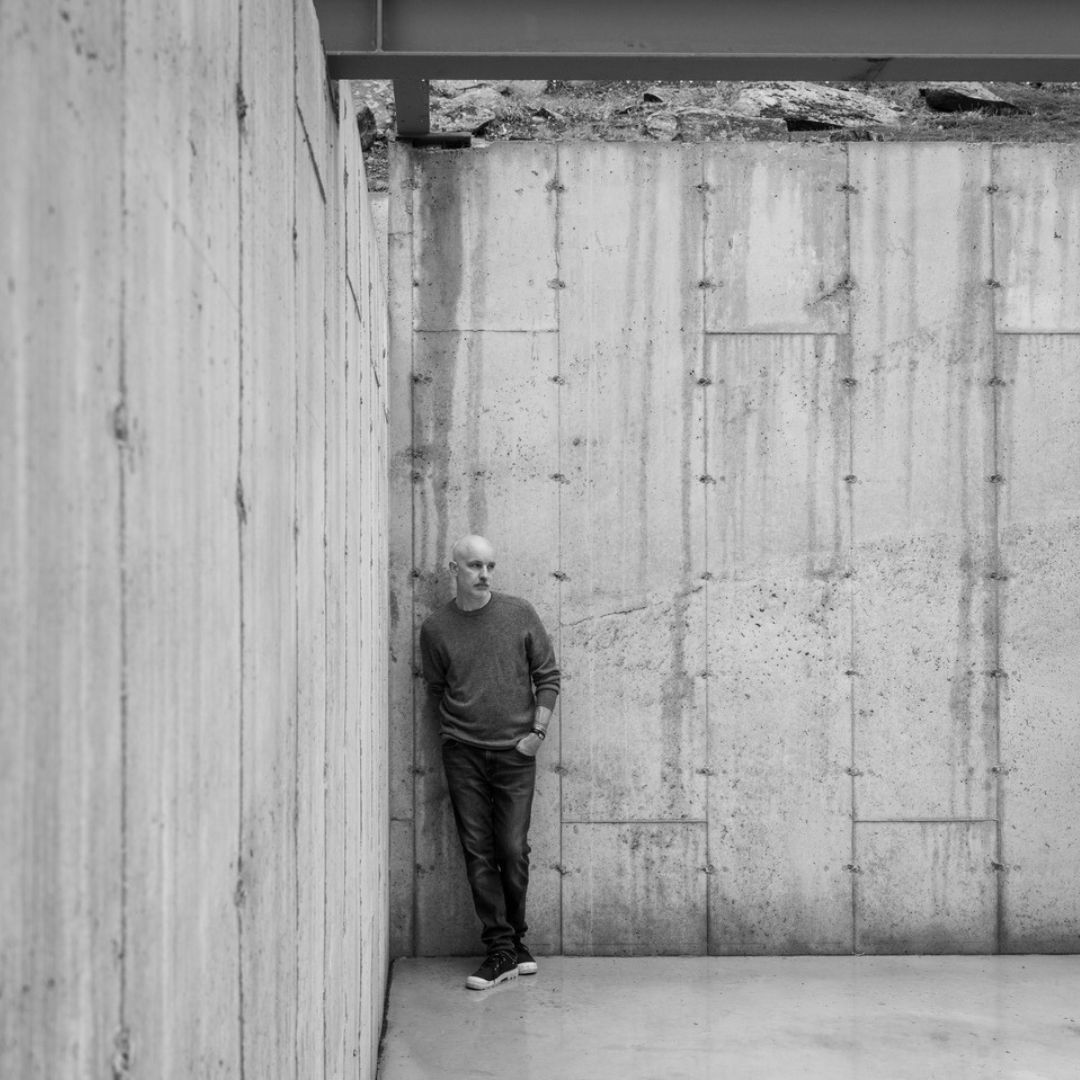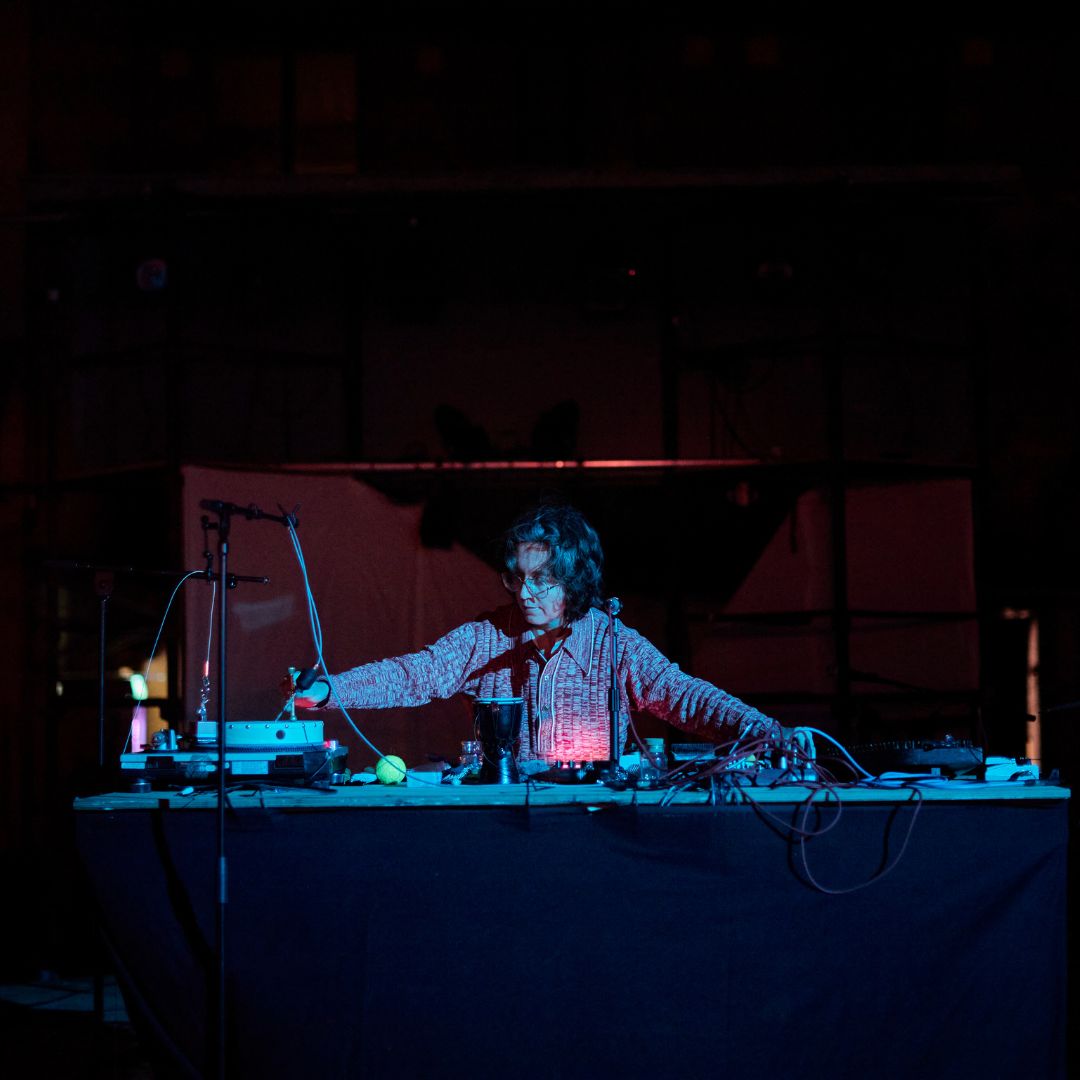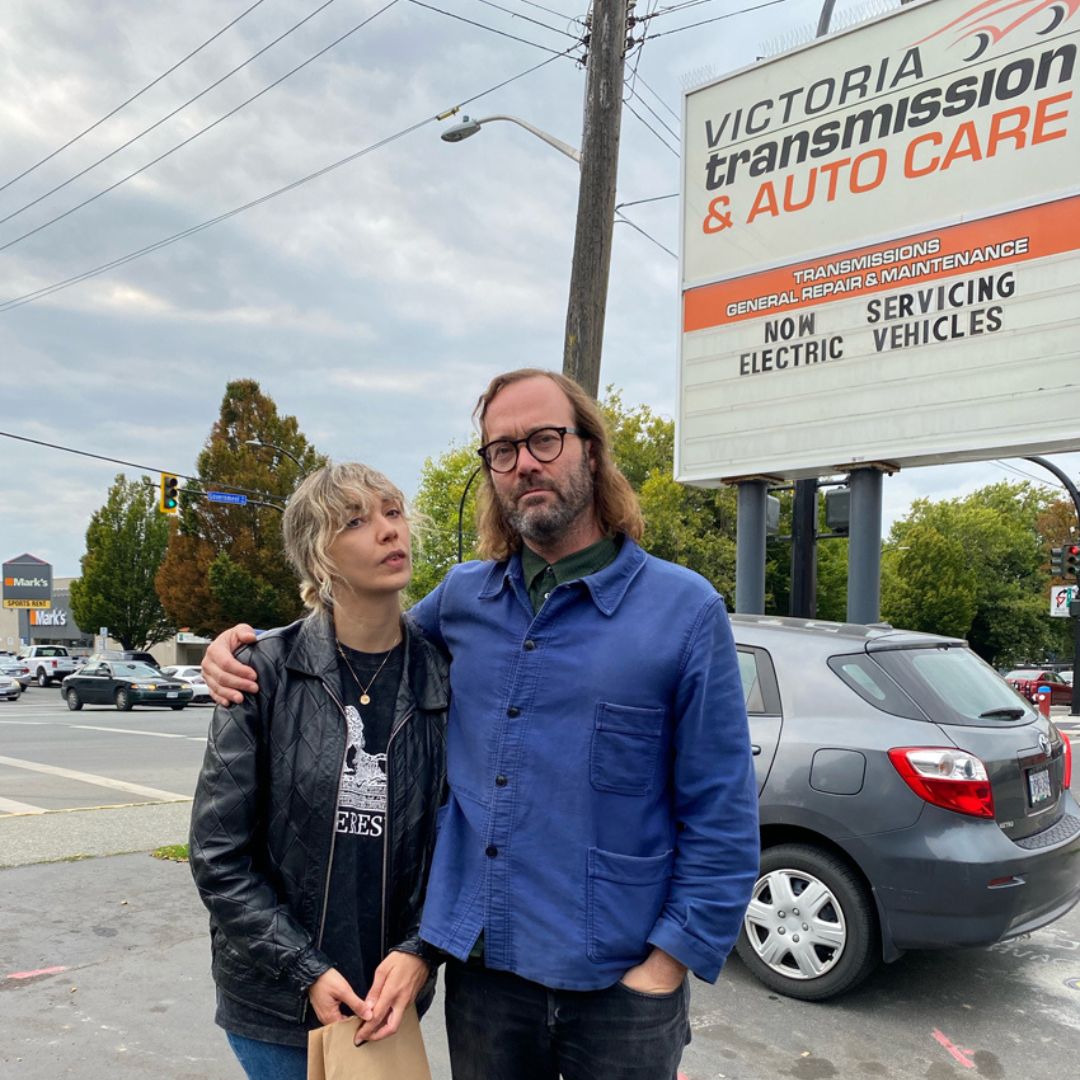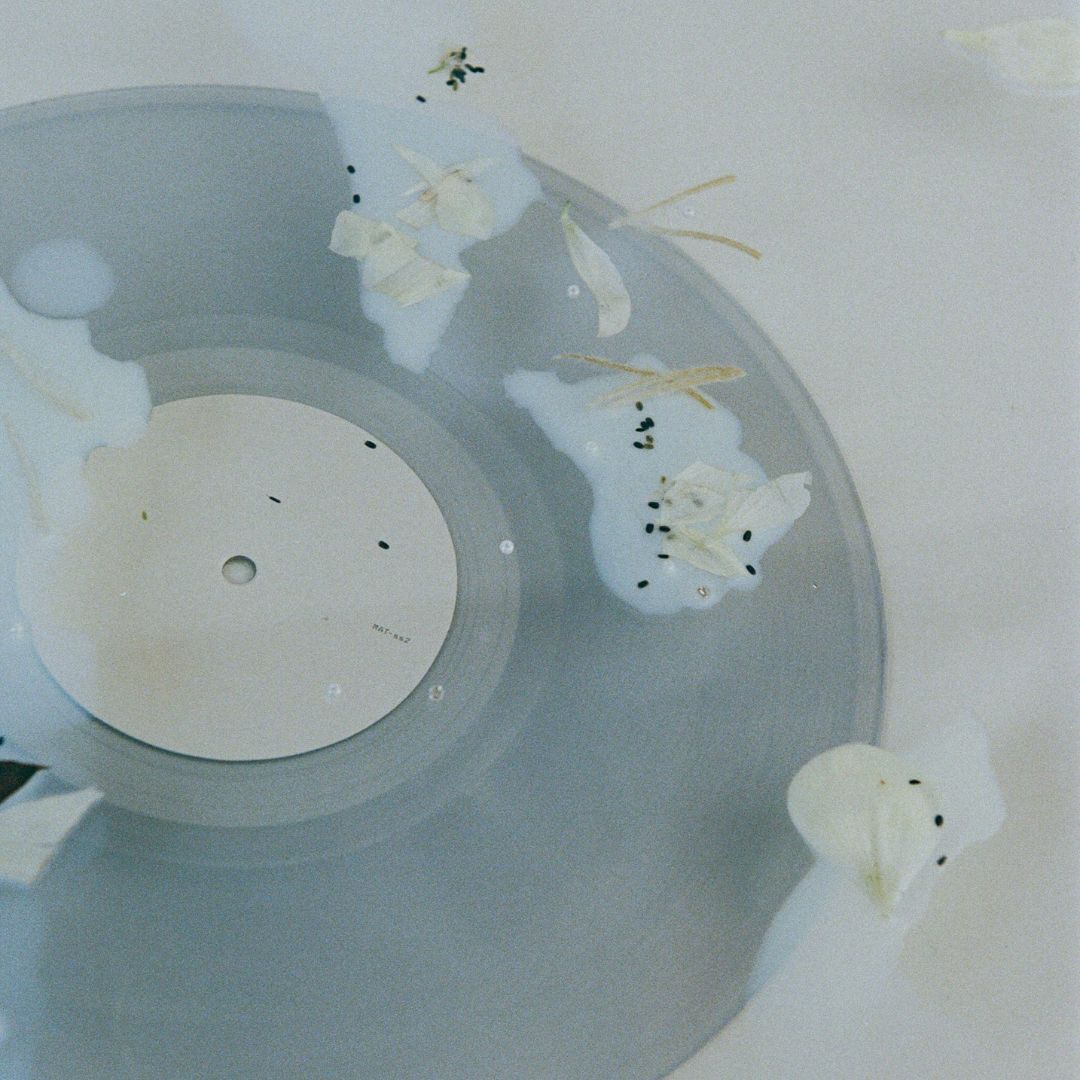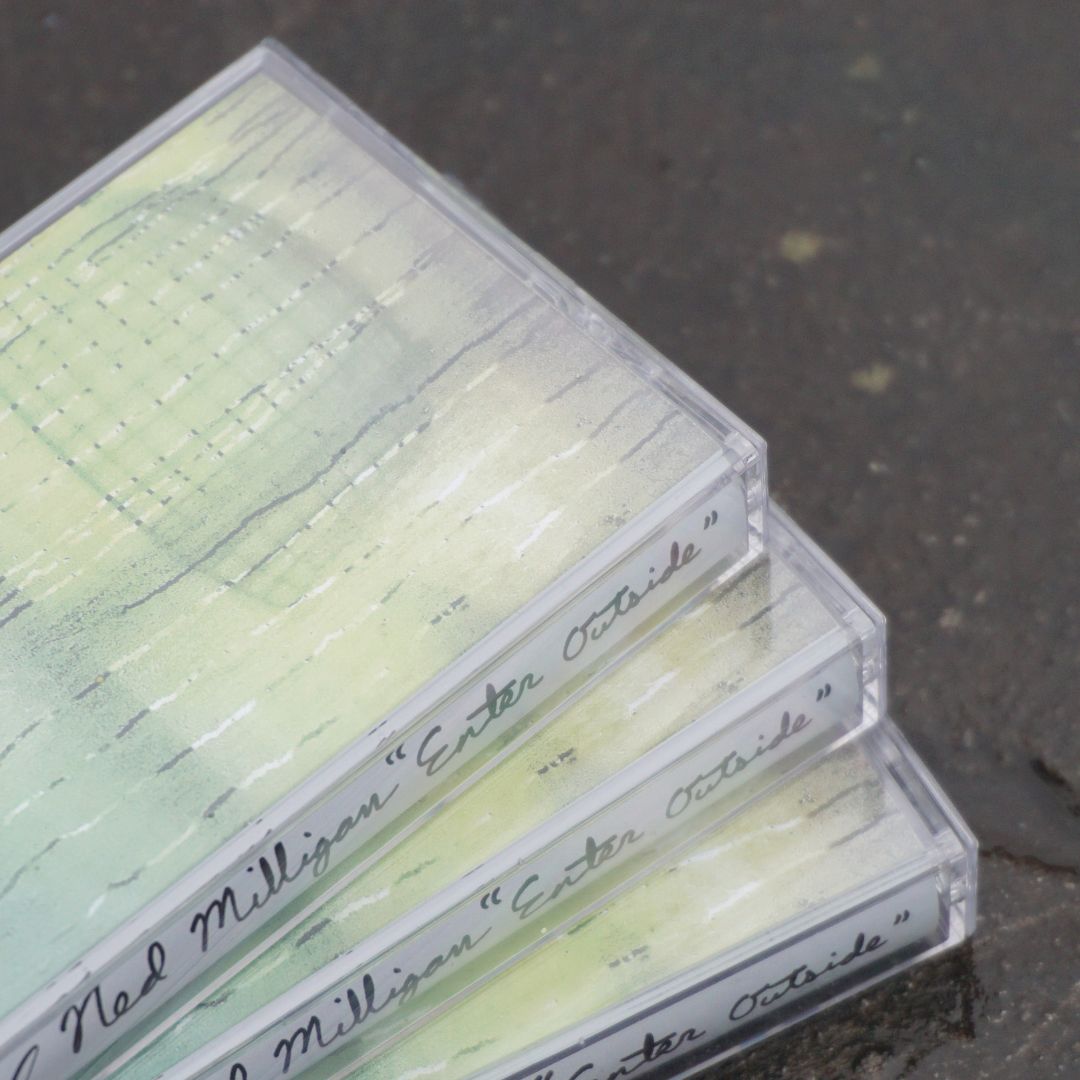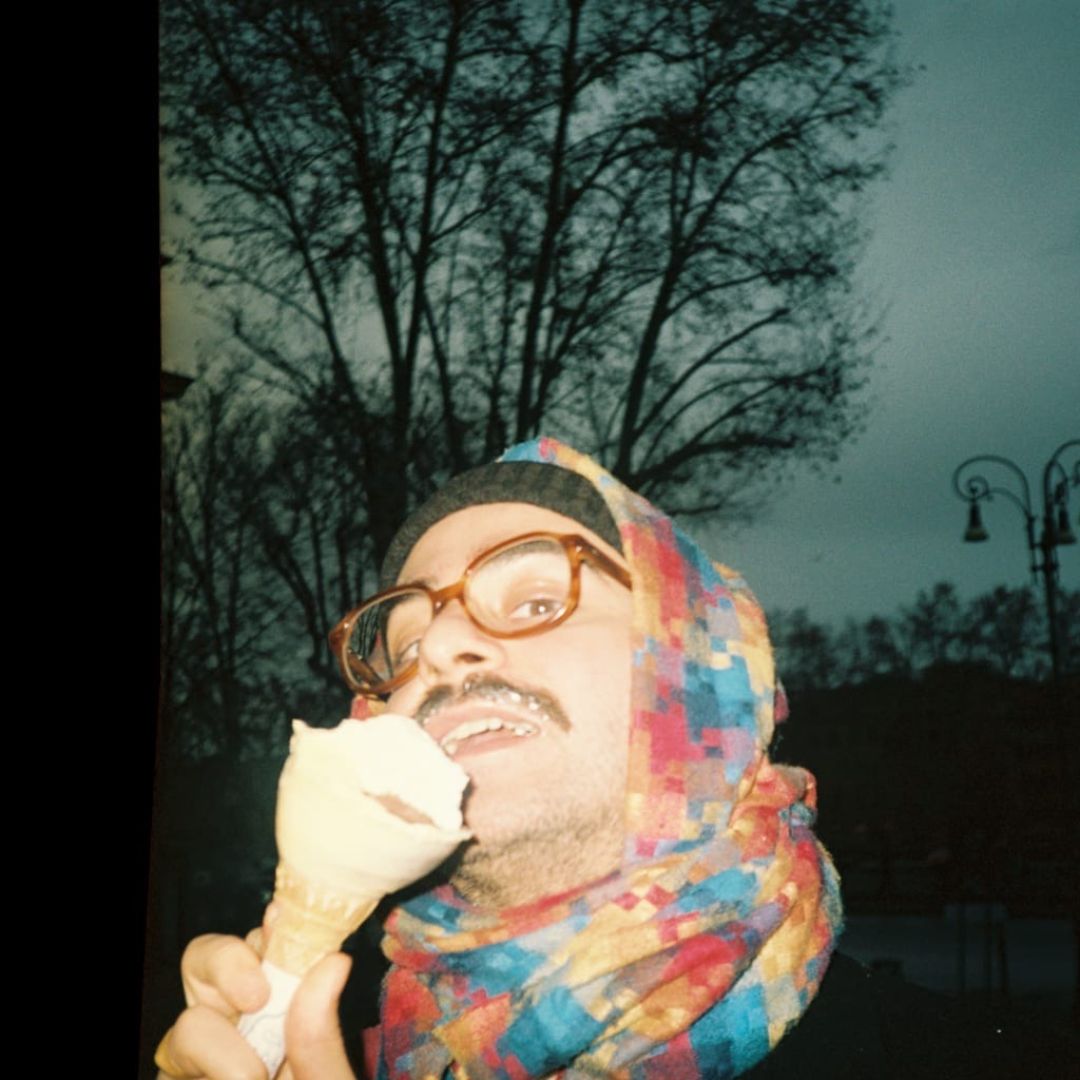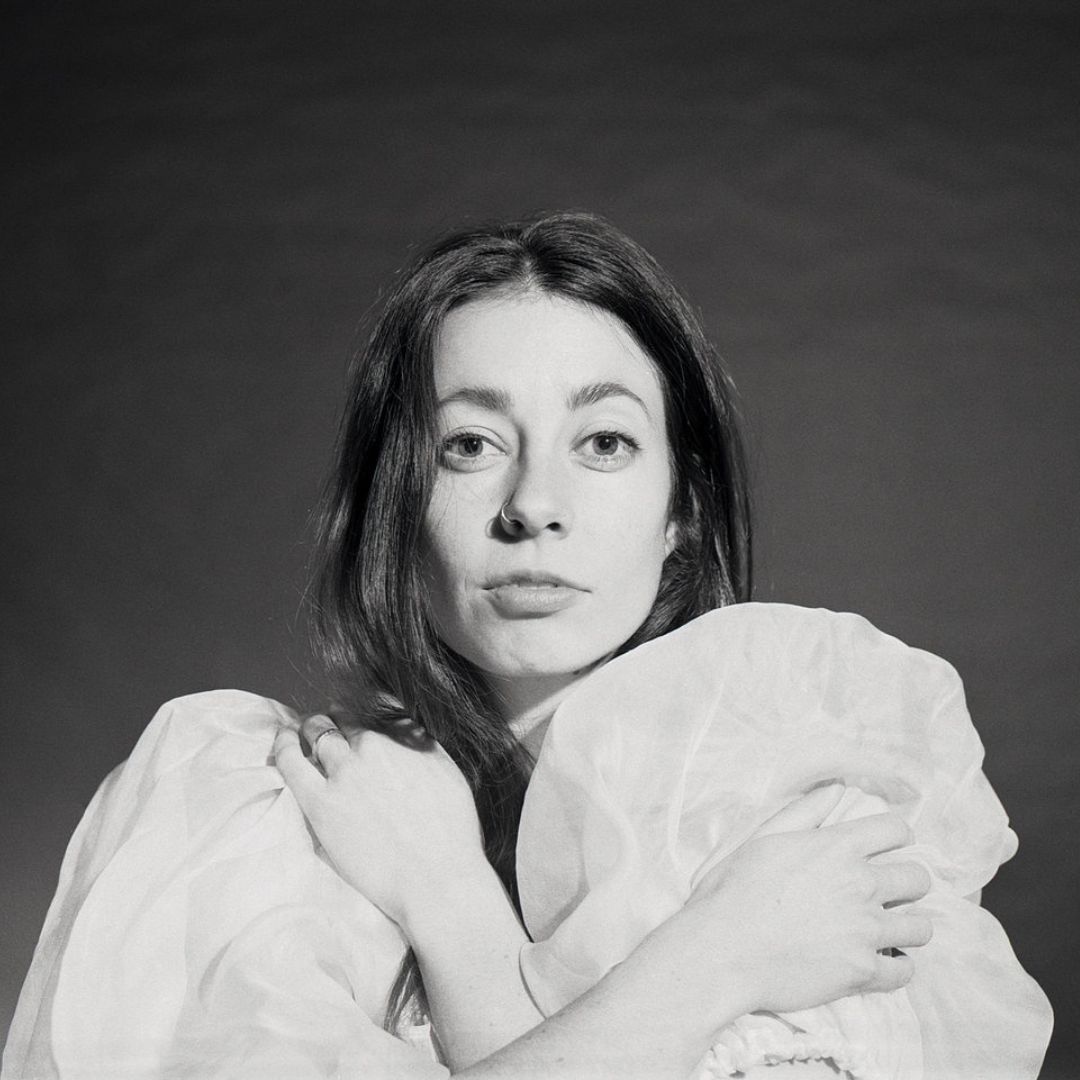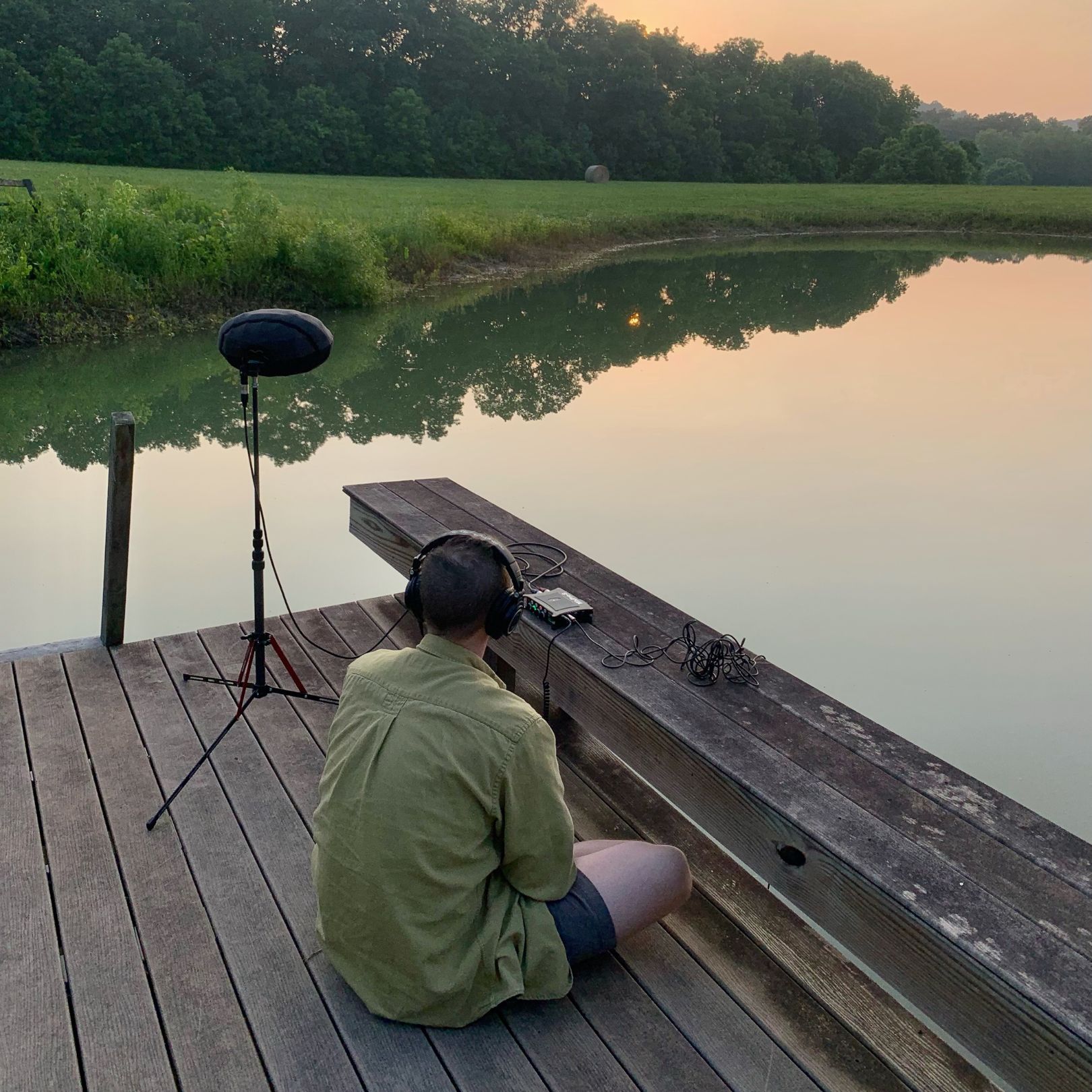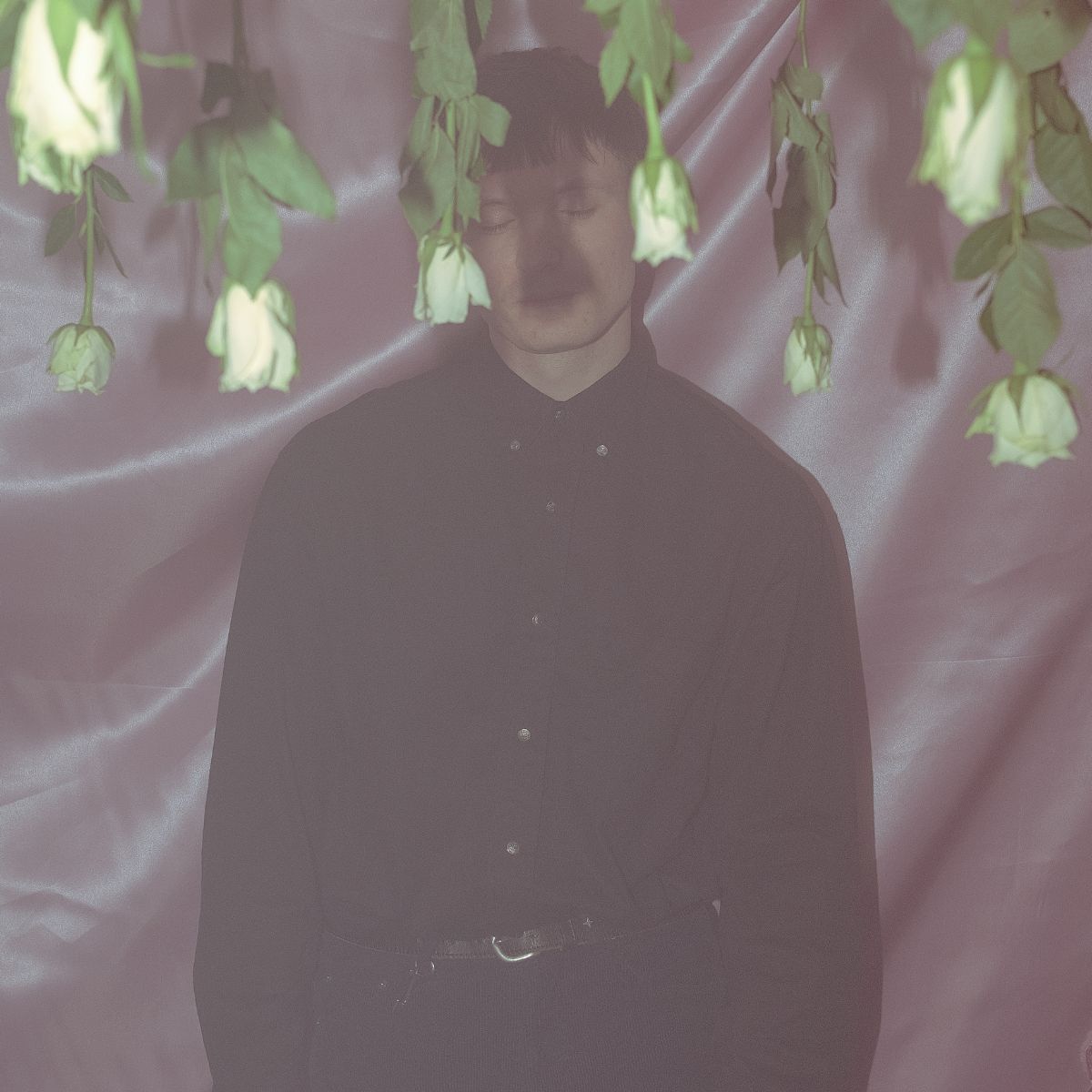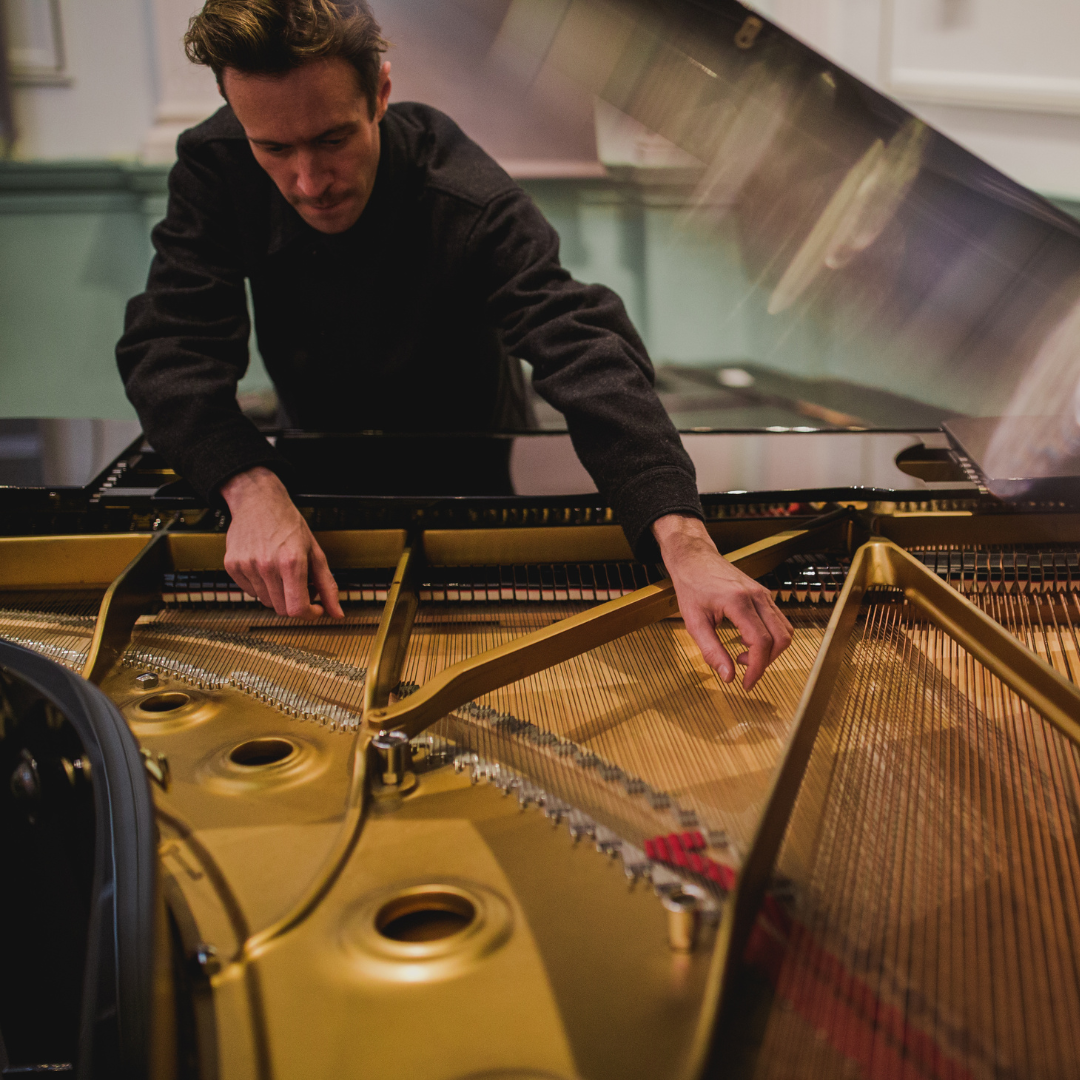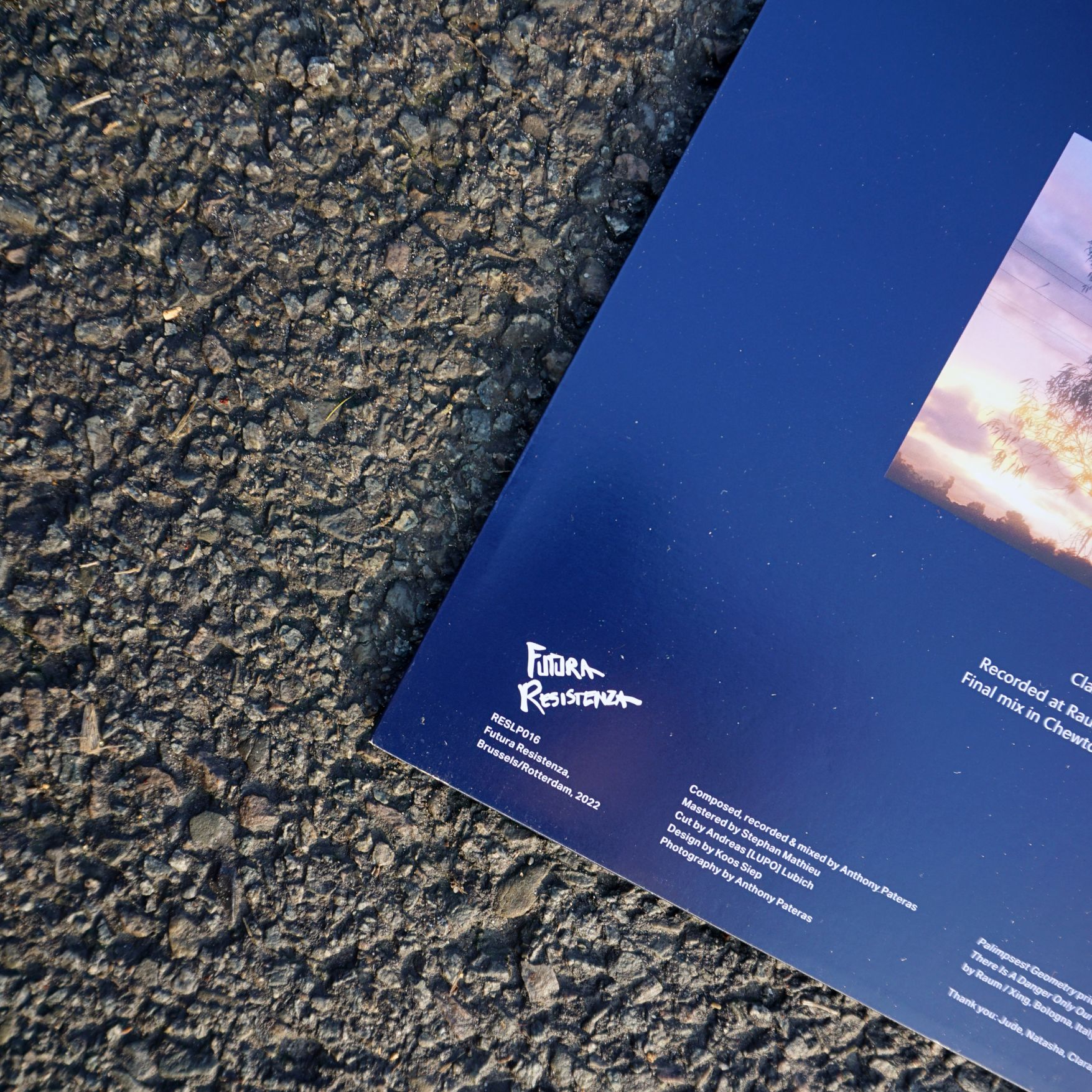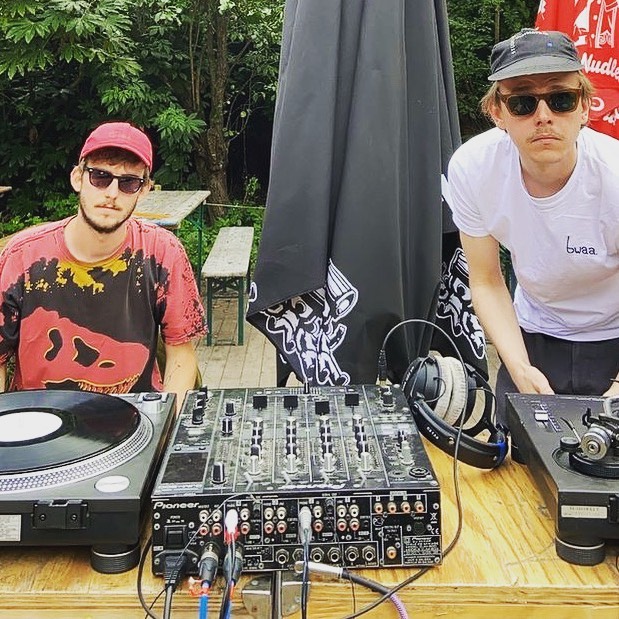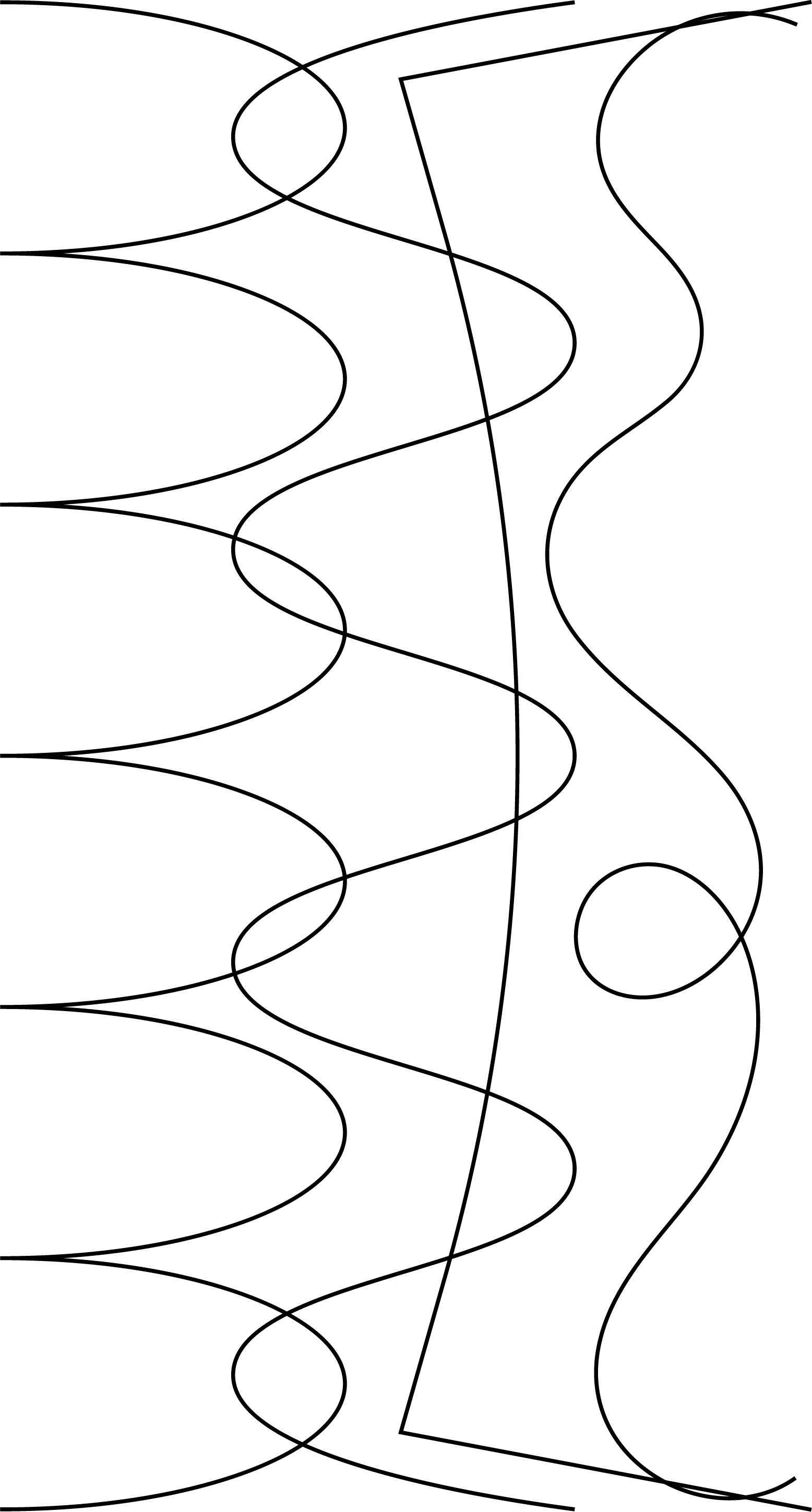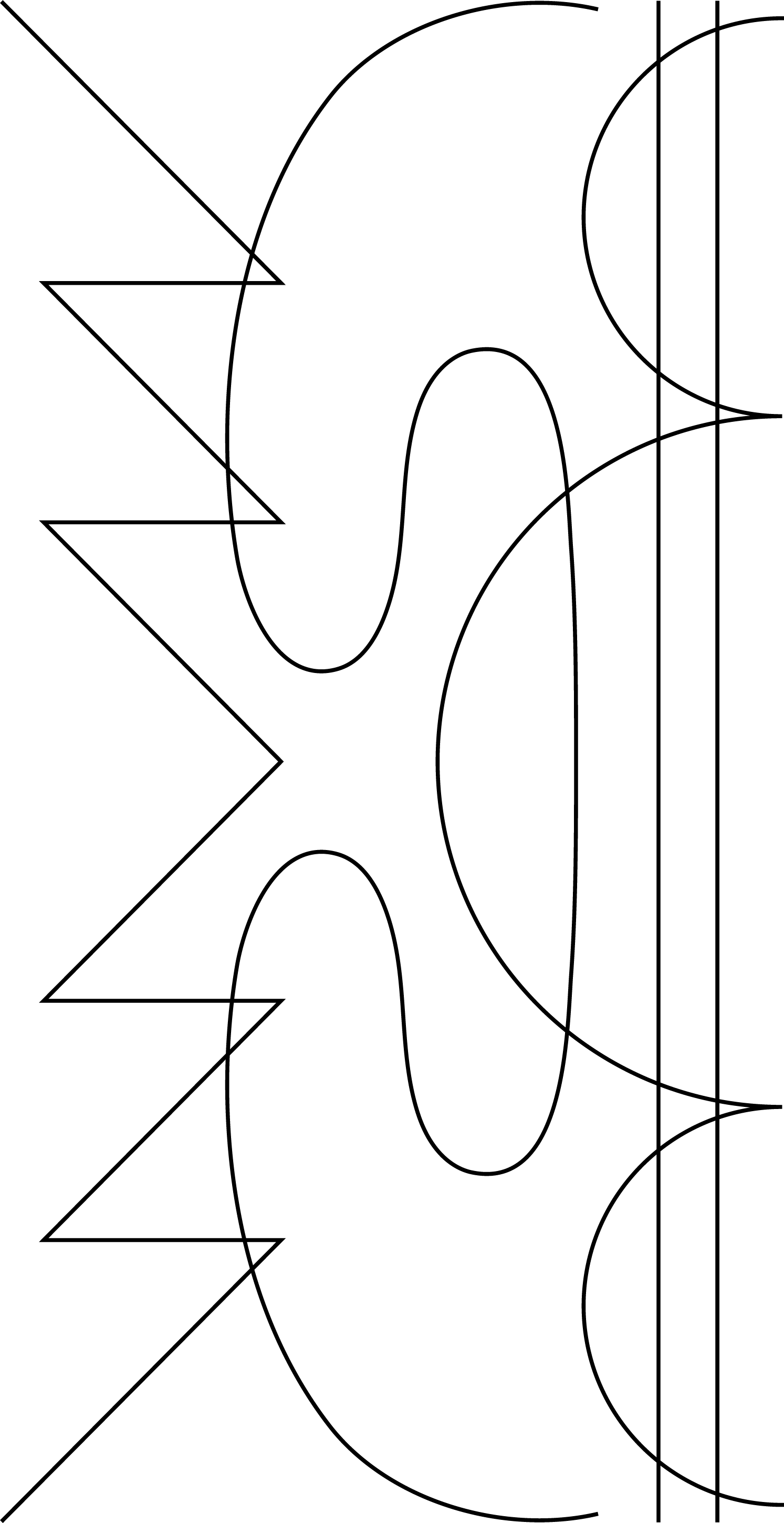chasing surprises with Rutger Zuydervelt
Rutger Zuydervelt, also known as Machinefabriek, is a curious explorer of the musical unknown. With a penchant for innovation and a career spanning two decades, he continually expands the horizons of his craft, eagerly embracing collaborative endeavors in the pursuit of delightful surprises.
From crafting dance compositions and creating evocative film scores to inviting other musicians to share their own recordings, he adeptly blends a range of artistic perspectives, all the while forging a distinct sound that bears his unique imprint.
Read on as we unravel the enigmatic title of his latest album and discover the gear that has been a constant companion throughout his journey.
Let’s talk about your latest big project, +. Where did the idea for such an album come from? What is hidden behind the mysterious name?
The name is obviously pretty simple. It’s + because every track is plus another artist, but there’s another layer to it. It’s also called + because I thought about the project when I just became a father. The family is also plus one now.
The idea came about because it took some time and effort to adjust to parenting and combine it with making music, especially in the beginning. I sought a project that wouldn’t require too much time, so I could work on it whenever I felt like it. This meant that the tracks had to be short because my time and attention span were limited during that period. I decided to see what would happen if I invited other people to collaborate with me, to create a recording that I could work with and draw inspiration from.
Initially, I thought it would be a mini-album or an EP, with perhaps twenty minutes of music. However, as is often the case with many of my projects, once I delve into it, I find it difficult to stop. So, I continued reaching out to people—artists I wanted to collaborate with—and before I knew it, I sent around 60 emails. I had to put the brakes on it because I didn’t want it to turn into a three-hour endeavor. It’s kind of funny though, because many people perceive it as a really big project, while the original intention was to create something small and very manageable in terms of time.
It probably feels extensive because there are 52 tracks on the album, but at the same time, it’s only one minute from each artist, right?
Yeah, exactly. I think the whole thing was done within a month or so. The entire process was really quick because most of the people I emailed were really enthusiastic and prompt in their responses. It was a bit of a rollercoaster, but really enjoyable.
Do you see yourself as a curator in this project? How would you describe your role?
“Curator” is obviously a good word to describe my role in the process, although I didn’t just ask people to send me music. My musicianship was also evident as I took those elements and reworked them. Perhaps the term “remixer” would accurately describe my role in this project – a remixer slash musician.
So what was the mixing process like for you?
First of all, let me explain why I requested people to send me material without any restrictions or guidelines. It’s because I enjoy being surprised. It’s exciting to see what they come up with on their own. When I listen to the material, I respond intuitively in the moment. It’s a process that is both intuitive and enjoyable. Essentially, most of the material that was sent to me dictated how I should approach it – how to rearrange it and what to add. I believe there were not that many tracks that took more than two days to complete.
This was not your very first collaboration; in fact, you have quite a few in your catalogue. Why is that? What do you enjoy from the experience of working with others?
The main thing is the element of surprise. It’s something I truly enjoy because when you work solo, or anyone works solo, you need to find inspiration to come up with ideas. But when you collaborate with someone else, you receive ideas, thoughts, and sounds that you would have never thought of on your own. Maybe another aspect is that I have recorded a lot of music over the past 20 years or so, and the more solo material I create, the more challenging it becomes to find something new from my own inspiration. That’s why I appreciate inviting others to bring in fresh and innovative input.

Has there ever been a collaboration that has taken you in a new musical direction, somewhere previously unknown, that you have only discovered by working together?
Yes, definitely! A good example is a record I made with Anne Bakker, titled Oehoe. She is a violinist and singer from Rotterdam, and we have collaborated on numerous occasions in the past. She sent me a recording of her playing the violin and singing simultaneously, which created a delightful effect. Initially, I wasn’t sure how to approach it, but then I decided to combine it with a synthesizer recording I had previously made at WORM in Rotterdam. I just gave it a go and something came out of it that still feels very special and unique to me. The combination turned out to be really fascinating. It’s probably my favourite album in my discography.
It is definitely interesting when someone you collaborate with brings a different perspective or approaches music from a completely different angle, but the two words come together and click.
These are beautiful moments, I fully agree. They are the kind of moments that I love as a musician.
Since we are talking about releases, I wanted to ask you about your choice of medium for releasing, specifically the CD, which has been rather unpopular for some time now. Why this medium? What do you like about it?
I think part of it is that it was all in the CD era when I started discovering music and forming my own musical taste. Another part is, I guess, a kind of nostalgia. But there’s also a very practical side to it. It’s obviously a lot cheaper than making vinyl. It’s also a lot cheaper to ship than vinyl.
It’s almost like a small vinyl, right? <laugh>
Personally, I like the handy size of it. I think a lot of people see it as a throwaway object, but I find it really sympathetic. The sound is just one-to-one, so what you make is what you get on CD. On vinyl, there’s always the crackle, and your mastering has to be really specific to the format. With the CD, it’s not as complicated, so for me, it’s just a plus.
You have been releasing music for almost 20 years, and your catalogue includes dozens of releases, both solo and collaborative. Looking back, could you pick out a few that you consider to hold the most value?
I guess the most logical album to choose would be my first official release from 2006, Marijn. Prior to that, I had primarily produced self-released CD-Rs in limited quantities, usually no more than 20 copies each. During that time, I came into contact with Lampse, a label that was really enthusiastic. Initially, I suggested compiling the material from my CD-Rs, but they encouraged me to create an entirely new album. This came as a bit of a shock since I was accustomed to working in the EP format, and a full-length album was a bit of a struggle at first. It took me a while to get into it, but I eventually got there, and I’m still quite happy with it.
Looking back now, you can clearly hear the music that I was into at that time, including artists like Fennesz, Godspeed You! Black Emperor, and Oren Ambarchi. Maybe it feels a bit like copying other artists now, but I guess that’s how many of us start out. Marijn opened a lot of doors for me. If it hadn’t been released, I don’t know where I’d be right now, so I think that album has been really important.
It’s interesting because often when we reflect on our very first releases, we tend to be critical of them. It’s refreshing to hear your positive perspective.
Well, obviously, I am critical of it. There are many things I would do differently nowadays, but I also think it should be seen as a snapshot in time. It was created back then, and for that specific purpose, it serves its function.

With such a vast discography, I am curious: Do you treat your releases as a kind of loose sketchbook or notebook, or are they more meticulously planned and crafted stories?
I think it’s actually a bit of both. The idea of a sketchbook describes my creative process really well. I’m always sketching until I reach a point where I feel it’s complete and ready. At the same time, it’s very carefully crafted and arranged, as well. I approach my music in a sort of album format, so when I work on something, I really view each piece as a part of a cohesive whole. It always tells a coherent story.
I like to work very quickly as well, and that’s why I release so much. When I start working on a project, I immediately start thinking about the release as a whole, which includes the artwork and format. This aspect is very much part of my creative process.
You also create your own covers very often, don’t you?
Yeah, exactly, it’s part of the same process, I think. That’s also why I self-release a lot of stuff. While there are obvious advantages to releasing on a label in terms of distribution and promotion, there are also long waiting periods involved. From the moment you supply the master to the actual release, it can take around half a year or even longer. When I do it myself, it becomes part of the same workflow, all within the same timeframe, and that makes much more sense to me. The actual release is sort of embedded within the same spontaneity in which the music-making happened, if that makes any sense. So when it’s finally out, it still feels fresh.
In addition to solo and collaborative recordings, you have also released dance and film scores. How do you feel about creating music as a background for something else?
Interestingly enough, there is actually a big difference between film and dance. In film, music becomes more of a background element, whereas in dance, it remains very much in the foreground. I find that working with a choreographer is not so different from working with a musician. Whether the other’s voice is sonic, visual, or movement-based, it’s still very much a dialogue. The nice thing is that people who approach me already have an understanding of what I do. They basically ask me to do what I enjoy the most. Rather than considering it a compromise, I see it as a collaboration and an enrichment of my musicianship.
Looking at your overall practice, can you point to any particular technique, piece of equipment, or element that you feel has shaped it over the years? Perhaps there is something you have been using from the very beginning?
It may sound a bit geeky, but there is this effect pedal called Shallow Water, manufactured by a Canadian company called Fairfield Circuitry. It basically makes your music sound like it’s coming from a cheap cassette tape or something similar, creating a wobbly feel. I mainly use it for live performances, and it has been a fixture in my setup for approximately 10 years now. I feel like it will never leave. It’s such an important part of my sound.
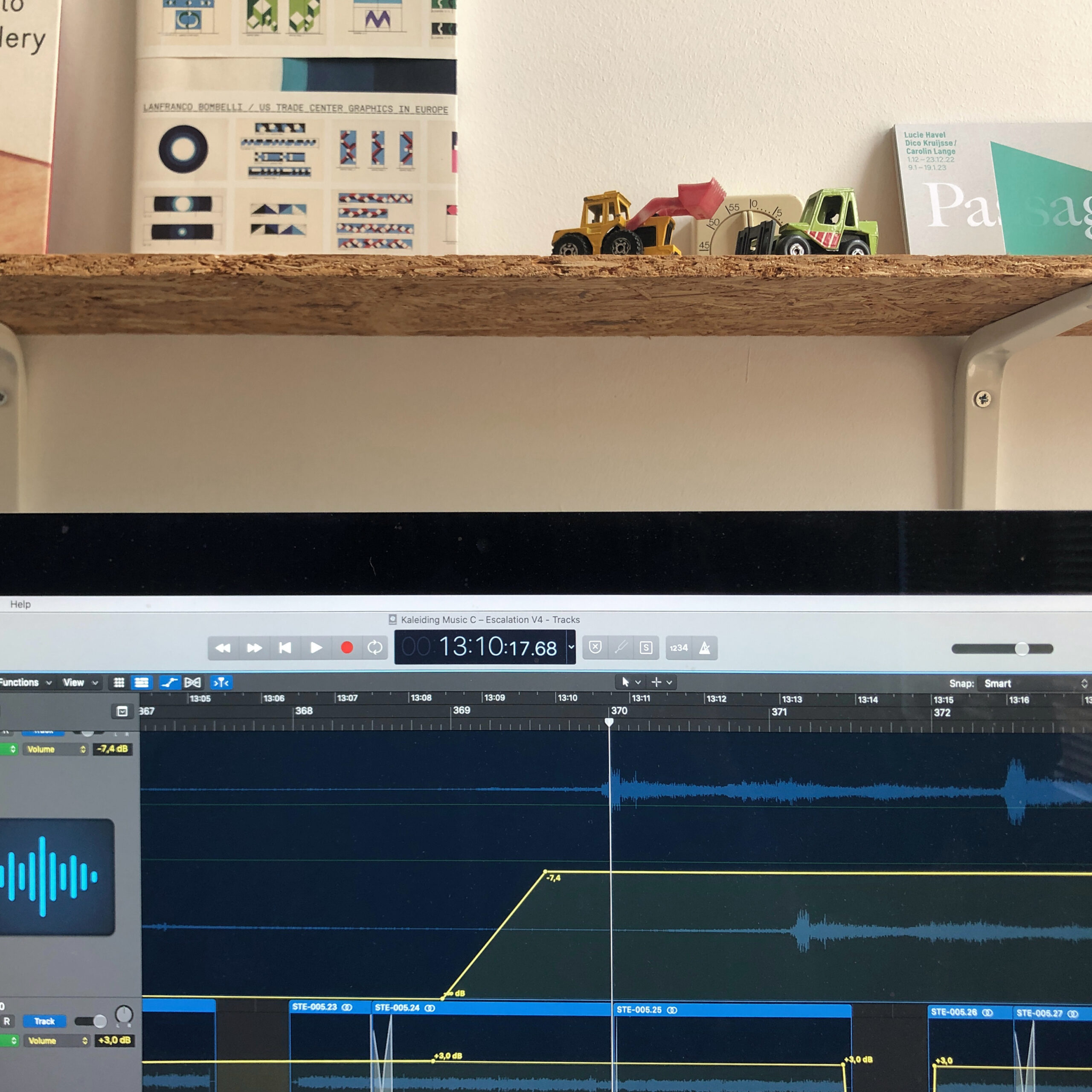
Probably the same with creating your own images? As you said, you often design your own album covers, and there seems to be a cohesion between the music and the images. Do you feel a connection between the two?
Well, ideally, they come together simultaneously, but sometimes it works out and sometimes it doesn’t. Often, I feel that the image on a cover is something that can’t be easily explained. It’s more like I’m creating something, and when I do that while simultaneously creating the music, they form this connection that makes a lot of sense to me. It may not resonate with others in the same way, but they sort of become intertwined for me. I also believe that graphic design and sound design or music making share a similar creative process. They both have a lot to do with organization. Graphic design, of course, requires more communication, but in both realms, organization plays a pivotal role. So, there’s a similarity in that regard.
Where do you see yourself and your work in 10 years? Are there any particular aspects you still wish to explore or develop?
That’s a very difficult question because, and this may sound a bit silly, but when I consider where I am now, I realize that I’m already in a position that I couldn’t have imagined 15 years ago or so, you know? Creating music for amazing dance performances and films as a means of livelihood feels like a dream come true. I would be very happy if the next 10 years were a continuation of the same, filled with more surprises and opportunities to collaborate with new people to work with.
So there’s definitely more to discover?
Absolutely, always. Each collaborator, every encounter in my own life, everything brings new ideas to the table. I guess you never stop experiencing new things.

